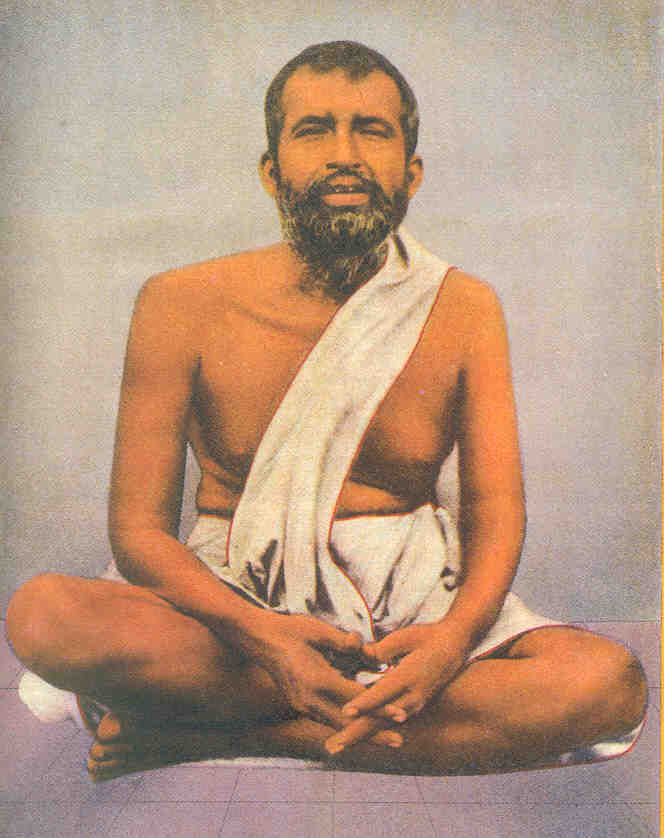5.Self-Restraint and the Nature of the Self : 8. ( Last Part )
The Teachings of the Bhagavadgita :
Thus, we are living in a world of 'Self', and not in a world of objects. The so-called objects are not our concern. They become our concern, they become even the objects of our awareness of their being there on account of the consciousness moving towards them and enveloping them, entering them, possessing them, and getting identified with them in some manner, which is the epistemological process in the perception of an object. We cannot even know that the world exists unless we move outwardly in space and time in the direction of another location where we place ourselves, for the time being, either in love or hatred, so that even there we are coming in contact with our own selves – only in a larger manner.
Thus, Ahamsarvamyadayamatma: All this universe is Self laid out before the experiencing consciousness, with which the self is identified, and vice versa. The whole universe is Self and the objects, so-called, are misconceived locations and spatially-concealed positions of this universally pervasive Self, which is the Atman. This is a philosophical background of the necessity for the practise of self-control and meditation. When you understand this background you will also know automatically the techniques that you have to adopt in the control of the senses, in the practise of self-restraint, in meditation on Reality, which will be the subject of the sixth chapter.
5.Self-Restraint and the Nature of the Self : ENDS.
Next : 6. Meditation: A Discipline of Self-Integration
To be continued ...



.jpg)

Comments
Post a Comment